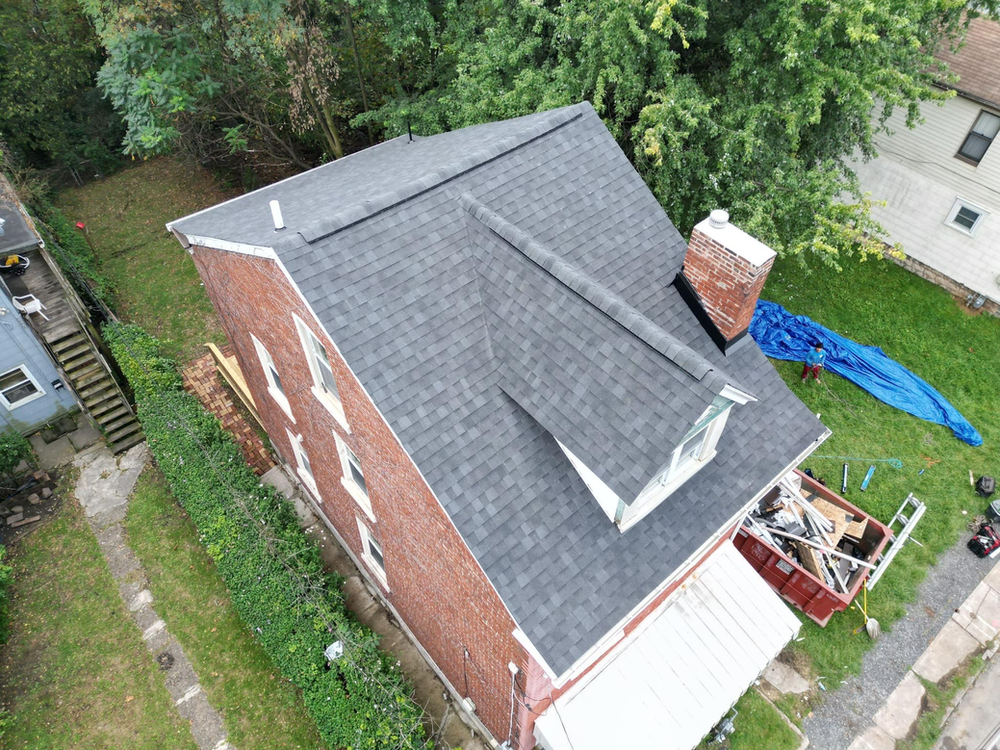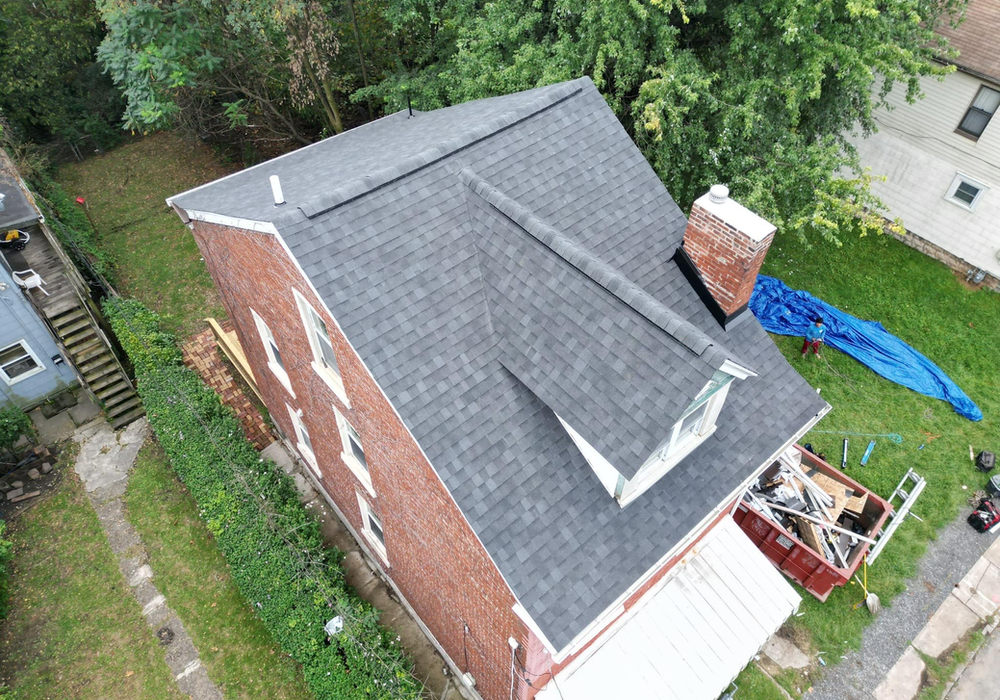As the vibrant colors of autumn surround your home, it's the perfect time to assess the health of your roof before winter arrives. Regular roof inspections are a key part of home maintenance, and fall is an ideal season to ensure your roof is in top condition. Malick Brothers Exteriors is here to guide you through a comprehensive fall roof inspection checklist. By following these steps, you can safeguard your investment and make necessary repairs before the harsh winter elements arrive.
1. Start with a Visual Inspection
Begin your fall roof inspection with a visual assessment from the ground. Look for any signs of damage, such as missing or damaged shingles, cracked flashing, or sagging areas. A pair of binoculars can help you get a closer look at specific areas without risking injury by climbing on the roof.
2. Check the Gutters and Downspouts
Clogged or damaged gutters and downspouts can lead to water backup and roof damage. Remove debris from your gutters and ensure they are securely fastened to your home. Check for leaks, holes, or loose connections in the downspouts. Proper drainage is essential to prevent water from damaging your roof or foundation.
3. Inspect the Roof Flashing
Flashing is used around roof penetrations, such as chimneys, vents, and skylights, to prevent water intrusion. Examine the flashing for signs of rust, cracks, or loose sections. Damaged flashing can lead to leaks and must be repaired or replaced.
4. Look for Moss and Algae Growth
Fall is a great time to inspect your roof for any signs of moss or algae growth. These organisms can trap moisture, which can damage your shingles over time. If you notice moss or algae, consider having your roof professionally cleaned and treated.
5. Examine the Attic
A well-ventilated attic is essential for preventing moisture buildup, which can lead to roof damage and ice dams in winter. Inspect your attic for proper ventilation and insulation. Look for any signs of water stains, mold, or mildew, which could indicate roof leaks.
6. Check for Loose or Damaged Shingles
Walk around your property and visually inspect your roof's shingles. Look for any loose, cracked, or damaged shingles. Pay close attention to the areas where shingles may have lifted or curled. If you find any issues, it's important to repair or replace these shingles promptly.
7. Inspect for Structural Issues
While you're inspecting the roof, take a moment to check for any sagging or uneven areas. Structural problems can indicate damage to the roof's support system and should be addressed by a professional as soon as possible.
8. Schedule a Professional Roof Inspection
While DIY inspections are valuable, a professional roof inspection provides a thorough assessment of your roof's condition. Malick Brothers Exteriors offers expert roof inspections to identify potential issues and provide guidance on necessary repairs.
Regular roof inspections are essential for maintaining the longevity and integrity of your roof. By following this fall roof inspection checklist and seeking professional guidance from Malick Brothers Exteriors, you can ensure that your roof is ready to withstand the challenges of the upcoming winter season. Don't wait until problems become more severe and costly to repair; take proactive steps to safeguard your home's investment and your peace of mind.


